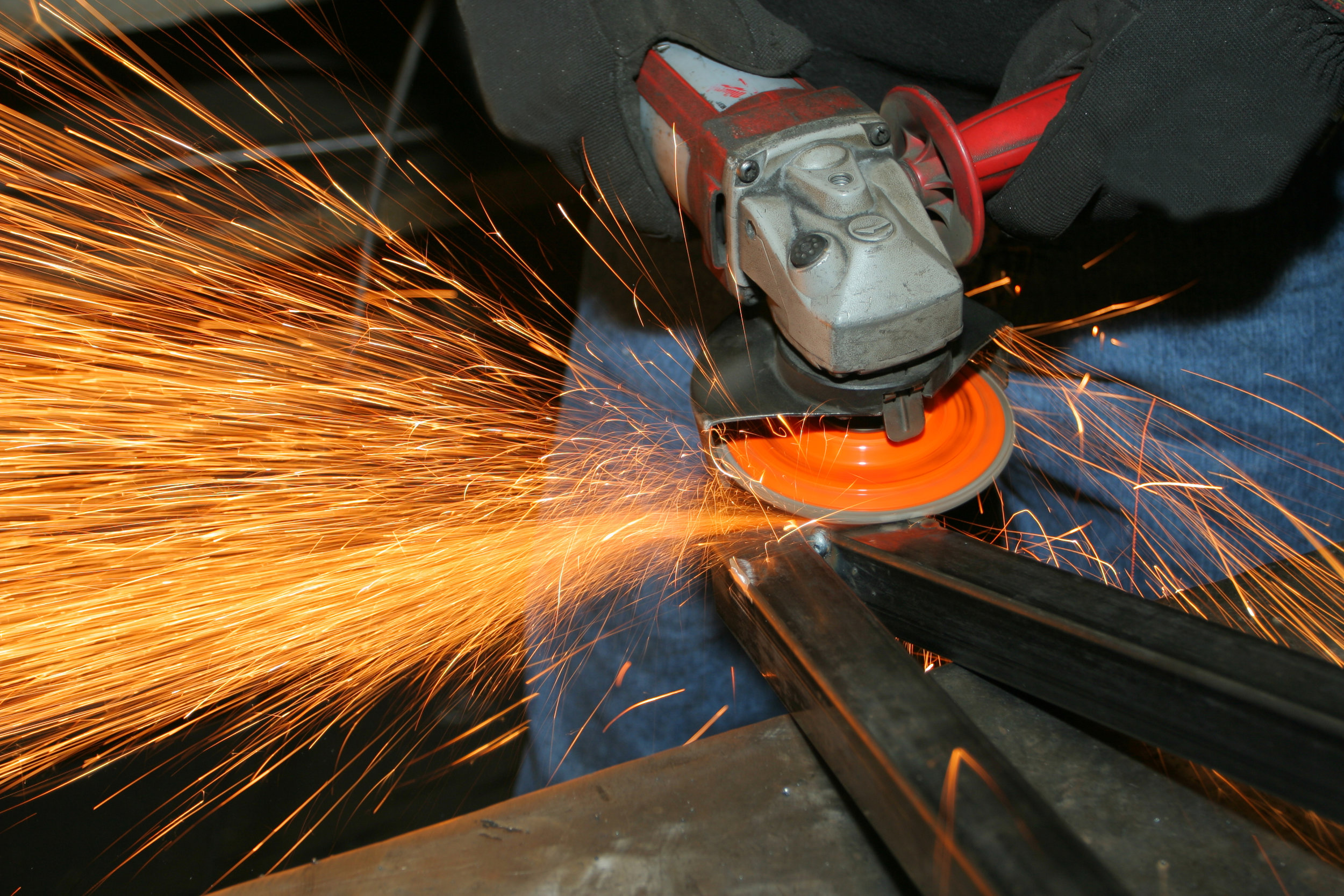
Is your Business Moving too Slow? Find the Friction
Do you want to move your initiative or career as a faster pace? Find the friction that is keeping you from moving forward.
In all projects, initiatives, and careers, there is friction that is holding them back. It might be something significant or it might be something small, but it’s slowing the down progress. There are places where people are not taking action that will move things along for you. Great leaders find the friction, make it go away, and then find the next place where there is a problem.
The Difference Between Good and Great Leaders
Average leaders leave this work to their teams to figure out. They assume their teams have identified the problems, and are working on the solutions with the right people. These leaders get average results because it’s not likely that the teams have even identified the problems, much less know how to solve it.
When these leaders are meeting with their individuals they discuss topics that don’t matter. They discuss things like travel schedules, expense reports, and variations in budgets that don’t matter. These leaders are administrators, not leaders. They confuse being busy with leading.
High performing leaders teach their teams to bring them their toughest problems when they have one on one time together. They teach them to ask for advice and leverage their experience and wisdom. They do not want to be asked how to solve the problems, they want to teach their employee how to think differently to solve it.
By contrast, the average or poor leader spends their one on one time asking these types of questions:
“Where are your traveling next week? Why? Who are you seeing? Didn’t you see them last month?”
“When are you going to see ____ customer? “
“Can I get your expense reports earlier?”
“Why did you spend this amount on dinner last week?”
“Can you rewrite this note and put it in a different format?”
This is brain numbing, morale killing nonsense. Just shoot me.
While they might be in a leadership position, they are overpaid managers. No one wants to work for this leader, and eventually, no one will. Or worse, their teams will have people who want to be told what to do all the time. This will be a very low performing team.
A high performing leader teaches an employee to ask the questions to get insights and help on places where they are stuck…they find the Friction.
Great Leaders Teach Their Employees How to Communicate
A discussion between a high performing leader and employee looks like this:
The employee asks:
“ I am trying to solve this problem, what else should I consider? “
“I have identified 3 possible solutions with these upsides and downsides, am I missing anything?”
“I have talked to these 10 people for input, who am I missing?”
“I am stuck on this piece of the problem, what advice do you have for me?”
This is asking for help, seeking advice and hopefully learning how to solve the problem differently. The leader has set-up a culture where this is the mindset. Over time these employees learn new ways to think about their problems and start to elevate their questions to ones with more strategic importance. This is called professional growth and the leader can see it and will praise the employee for it.
The high performing leader will take this approach to the next level and use it in their group staff or team meetings. They will use time in large team meetings to teach the team how to think differently about a problem.
A regular part of all high-performing team meetings should be an update on progress against their plans, metrics, and initiatives with an update from the individual who has the lead on the initiative.
For example, who has the lead on completing the Q4 marketing plan should provide the update. It should not be a 15 minute ramble on all the stuff they have done. It should be asking for advice from the larger group on what they are missing to make this a better plan. Are they missing any stakeholders, is there any new data that can be helpful, does anyone have any news from a customer that would help, are we still on track and believe in our assumptions, etc.
The big question from the leader should then be, where is the friction?
What do I need to do to make this go faster?
What does it look like?
Is it a person, money, or data that will make this go faster?
What else do you need to go faster?
Great leaders teach employees to ask great questions, learn how to leverage their network of resources and finally, to have a passion for finding the friction. These leaders will outperform all other leaders over time.
Where is your Friction today?


